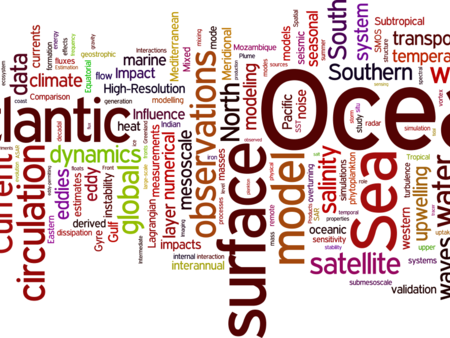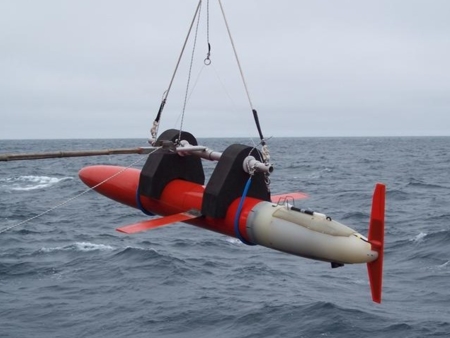Gustav Rautenbach
Title: The water mass transformation and mixing processes of the Durban Eddy inshore of the Agulhas Current.
Supervisors: Mike Roberts, Steven Herbette, Pierrick Penven, Jenny Veitch, Gildas Cambon
Start Date: July 2020
University: Nelson Mandela University (South Africa)
Summary:
This study focuses on the physical and dynamical properties of the Durban eddy, a semi-permanent cyclonic vortex that is found off Durban (31 ° 01'E, 29 ° 51'S) stuck between the east coast of South Africa and the poleward flowing Agulhas Current. Located at the interface between two very contrasting environments both in terms of their physical (temperature and salinity) and their biogeochemical (nutrients and phytoplankton) properties. This mesoscale eddy (~ 50km) strongly influences coastal exchanges and water enrichment processes in the area. At the coast, a very productive (rich in phytoplankton) environment exists that is characterized by cold waters; whereas in the open ocean an oligotrophic environment exists that is characterized by warmer waters (those of the Agulhas Current). The Durban Eddy assists in the horizontal advection of filaments of warm Agulhas Current waters inshore and cold and nutrient rich waters offshore. These strong thermal gradients between the filaments generate instabilities that are of a small-scale and extremely intense. Strong horizontal and vertical speeds associated with this turbulence could redistribute nutrients and organic matter horizontally and vertically in the heart of the eddy and around its edges.
Research Questions:
What are the generation mechanisms of the Durban Eddy?
How does the water mass properties evolve during the life-cycle of the Durban Eddy?
How does the Durban Eddy influence the coastal circulation and cross-shore transport regimes?
Materials and Methods:
This study uses a high-resolution (1 km) and realistic CROCO (Coastal and Regional Ocean COmmunity) model for the analysis of the Durban Eddy. An eddy tracking algorithm, the Angular Momentum Eddy Detection and tracking Algorithm (AMEDA), was redeveloped and updated for this particularly near-shore domain to detect, track and extract robust statistics of the Durban Eddy. Composites of the rescaled Potential Vorticity is analysed to better understand the generation mechanisms of the Durban Eddy. Finally, lagragian particle tracking is used to gain insight on the influence that the Durban Eddy has on the circulation and cross-shore transport within the bight and along continental shelf during its propagation.







